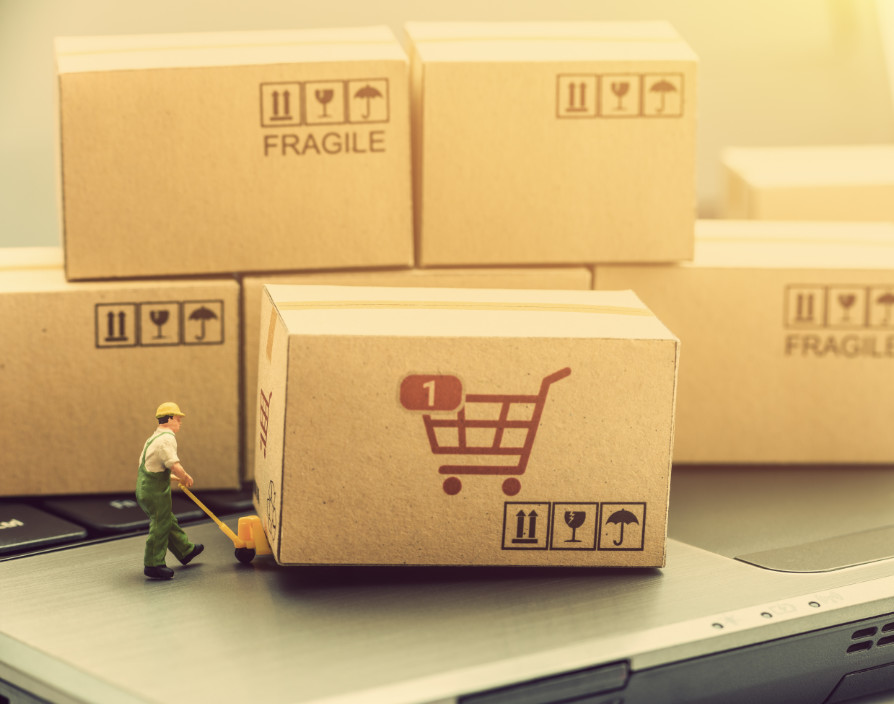With the rise of online shopping continuing to increase due to the pandemic, all thanks to the convenience and comfort of shopping from home, it’s important for ecommerce businesses to look to their returns policy to ensure they’re not only catering to the tech-savvy, modern consumer, but also the environmentally conscious.
And with research suggesting that 84% of consumers are likely to buy from, and 86% likely to return to, a brand with a free returns process, it’s clear to see a shift in demand from the modern consumer, and their patience for brands with poor returns processes rapidly fading.
Here, Nate Burke, CEO and founder of digital marketing and ecommerce specialists Diginius, discusses how and why a demand for an improved returns process should take top priority in retailers business learnings.
The struggles of returns for ecommerce businesses
Brands right now are doing everything they can to cater to the concerns of consumers in turbulent times, such as increasing returns windows. However, this can create logistical and financial difficulties, particularly given ever-rising return rates, with estimates placing this at 20% for ecommerce businesses.
Brands are also having to cater to evolving shopper practices, particularly with clothing, with multiple ‘options’ often bought so that customers can pick and return items that are least preferential.
For many products I find, it is a question of profitability or not. If return rates are too high, the product or company will not be viable. Customer satisfaction will improve with better rates, reviews will increase, staff dealing with customers receive a morale boost, sales increase, and re-orders become better.
However, I find that many companies focus all efforts on the sales side, but do not spend the same energy reviewing all the returns and how to make the experience better, which can result in an improved return on investment than simply increasing sales and marketing,
It’s about finding a balance between nurturing consumer relationships with fast, simple and reliable returns processes, while ensuring business operations do not directly suffer as a result.
Introducing sustainability into returns processes
Of course, it’s also imperative for brands to seek more sustainable practices when it comes to managing online orders and returns. With more online orders comes more returns, increasing carbon footprints as parcels are exchanged across the country.
To combat this, consumers should be offered sustainable returns processes, such as the option to combine multiple returns within one parcel, or be provided with returns packaging that is made from recyclable materials.
ASOS is a fine example of a brand that ditched traditional paper returns forms and instead, dedicated an entire portal to returns on their app, allowing consumers to not only make returns quickly and easily for free, but also without the use of excess paper, directly catering to the sustainability-focused consumer.
And you only need to look at the headlines surrounding the likes of Boohoo last year, and now, with its boss having to respond to ‘throwaway fashion’ claims, to see just how much emphasis is today placed by customers and regulatory bodies on sustainability.
Both sustainability and ecommerce come hand in hand. Businesses need to monitor all reasons for returns and resolve issues at the core, such as quality issues, product descriptions on the website, packaging problems, photography, better fitting guides, consistent measurements and phone support.
While customers always want free returns, sometimes putting in a charge for returns can help optimise return rates, although there is still a need to monitor the impact on sales.
With everyone working towards carbon reduction goals, combined with the regulatory pressures and customers becoming more keenly aware, it’s imperative that brands ensure their returns are ethical.
How can paid-for returns still be used?
For smaller, boutique businesses, it isn’t always feasible to offer free returns, and it can pose a serious drain on business resources.
However, there are ways that smaller retailers can provide paid-for returns without losing customers.
Customisation in the online experience is crucial, and so smaller brands can utilise this to provide some form of incentive for those customers that have to pay for their returns.
For example, brands could offer a realistic discount on the consumers next shop, or even invite loyal customers to exclusive events to demonstrate your thanks and appreciation for their custom.
Luckily, with around 54% of Gen Z shoppers willing to pay more for sustainable products over mass-produced items, stores that cater to these demands may be more likely to get away with a paid-for returns model than others.
For example, a consumer may be more willing to pay for returns for items purchased from a boutique apparel store that provides hand-crafted items, over a chain store that does not offer the same level of customisation and personalisation. Here the hands on ‘human touch’ is more transparent than a mass-market conglomerate, offering a way for owners to more easily connect with consumers.
No longer can returns simply be regarded to as an extra ‘ instead, they should be integrated into business practices from both a general and sustainability point of view to allow brands to stay relevant in an increasingly competitive digital landscape.
While returns are often considered the most unsexy part of the business, they are also an area where you can learn the most in how to improve.
“
Share via:


















































